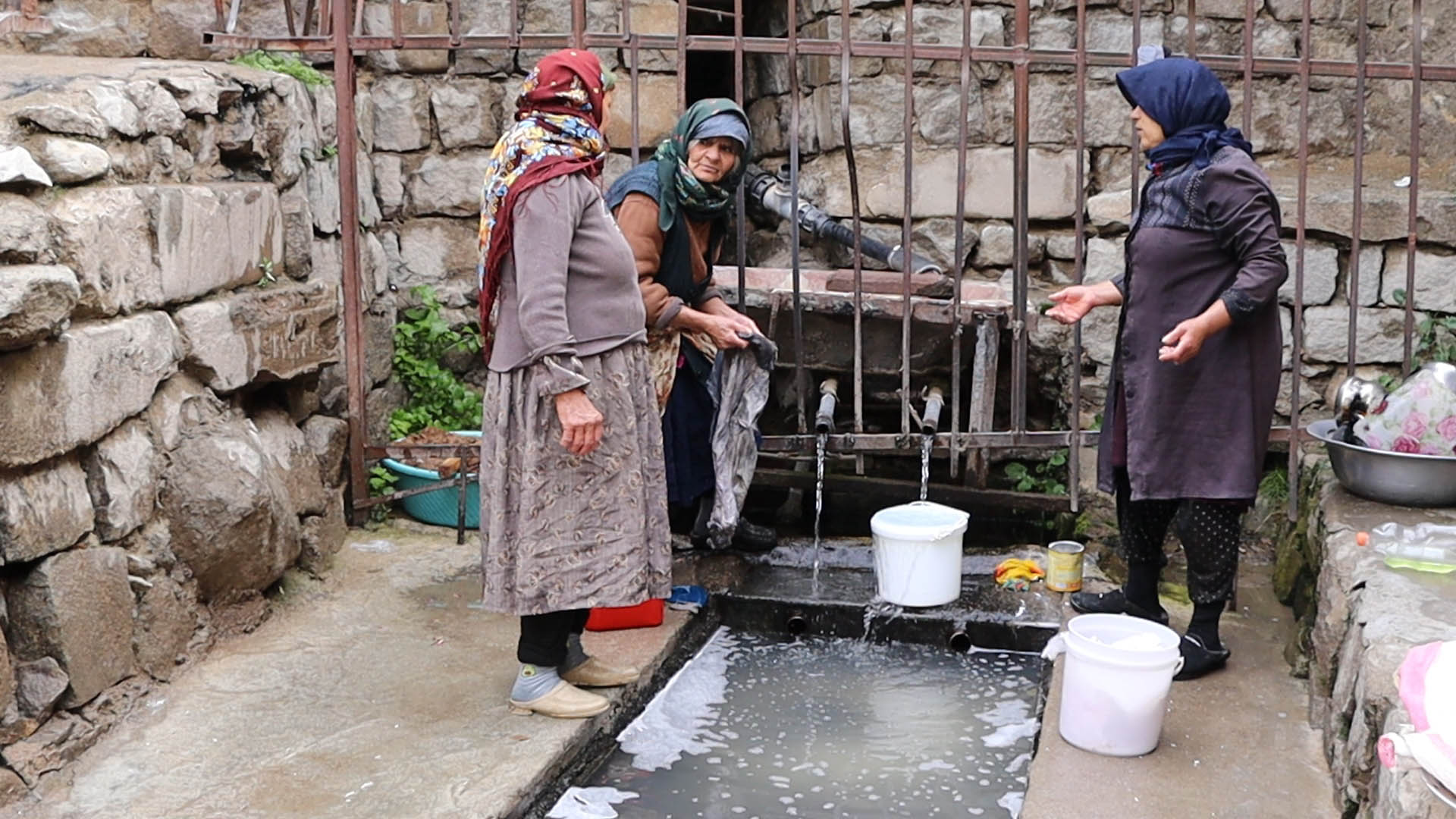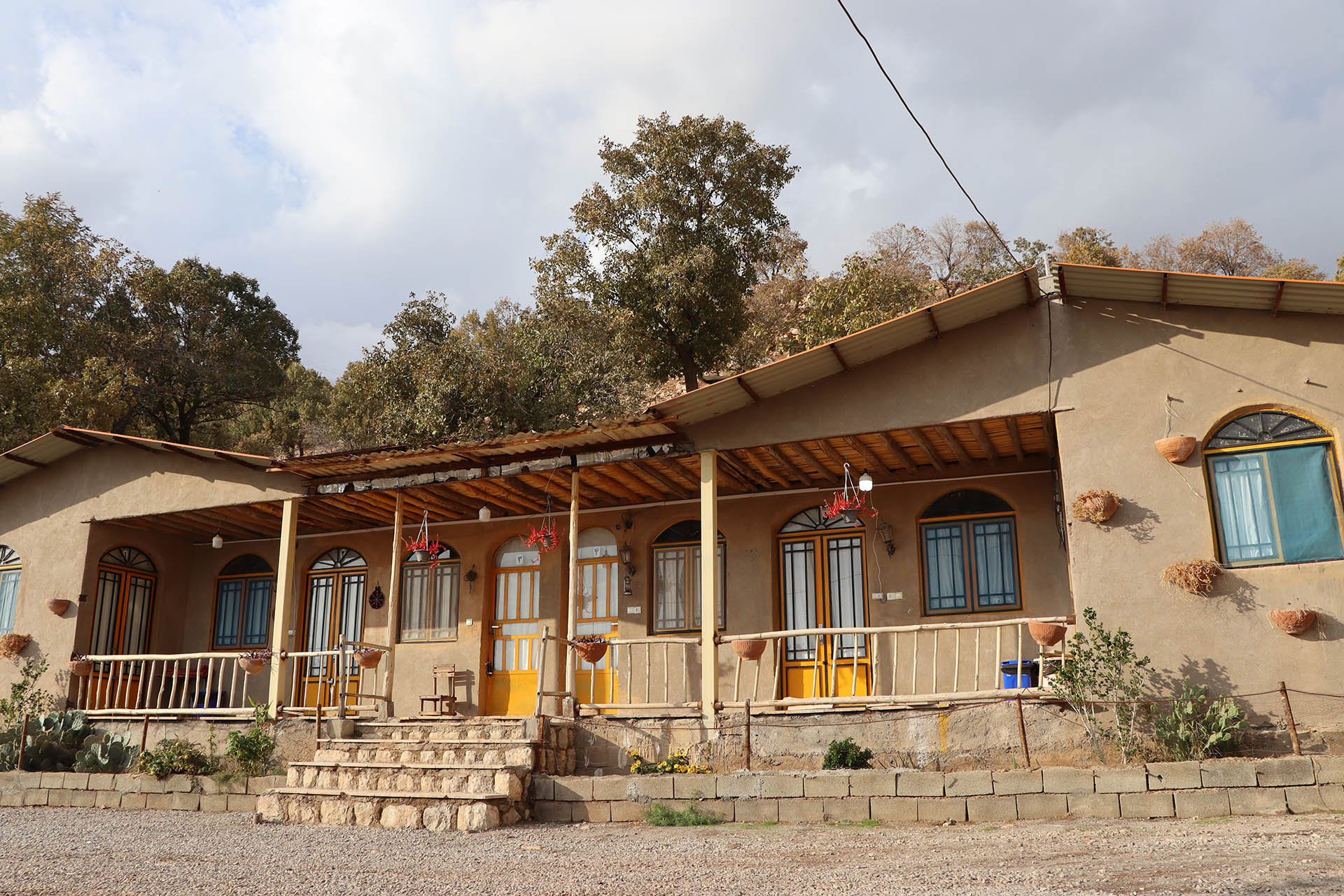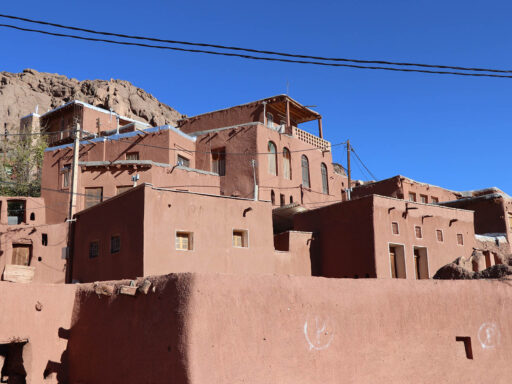Harzand-e Atiq: Village Life on the Mountain Ranges of Iran
Nestled high in the Zagros Mountains of western Iran lies the ancient village of Harzand-e Atiq. With a history dating back over 7,000 years, this scenic village offers a glimpse into the traditional rural life of Iran that has endured for millennia.
An Enduring Mountain Settlement
Harzand-e Atiq is located on a high mountain plateau overlooking a picturesque valley. The fresh, clean mountain air and vistas of the surrounding peaks create a serene setting far from the hustle and bustle of modern life.
The village is thought to have been founded around 5,000 BC, established by the ancient Persians who cultivated the valley slopes and built terraces for farming the land. Remains of ancient mud brick dwellings can still be seen perched on the steep hillsides.
Generation after generation has lived in harmony with these rugged mountain landscapes. The very name “Harzand” means “land on the mountains” in the local Gorani Kurdish dialect.
Traditional Village Life & Architecture
Ancient Construction Methods
The houses of Harzand-e Atiq are made of mud bricks and straw, with flat roofs traditionally used for drying fruits, vegetables and herbs. Narrow cobblestone alleys wind through the village, leading to small shops, mosques, and gathering places for the community.
The architecture incorporates traditional Persian elements such as arched entryways, domed rooftops on storage huts, and adobe brick construction that naturally keeps interiors cool in summer and warm in winter. Wooden balconies and latticed windows further reflect regional designs.
Slow Paced Days
Life moves slowly in the village, reflecting the tranquility of its natural surroundings. Donkeys are still relied upon for transportation and hauling loads along the steep slopes. Extended families live together in their ancestral homes often shared across generations.
The people of Harzand-e Atiq have a strong sense of tradition and community. Neighbors all know one another and gather frequently to exchange news and stories. Their days revolve around the rhythms of agriculture, faith, and family.
Cultural Traditions
Traditional customs and rituals are still very much a part of daily life. Wedding ceremonies may last for several days with music, dancing, and elaborate feasts. The Persian New Year celebration of Nowruz is marked by families coming together, cleaning their homes, and sharing hearty meals.
Religious holidays such as Ashura see communal acts of faith and charity. Ancient Persian sports like Zurkhaneh, a type of martial arts wrestling, remain popular among the villagers. Folk music and dance are commonly enjoyed at gatherings.
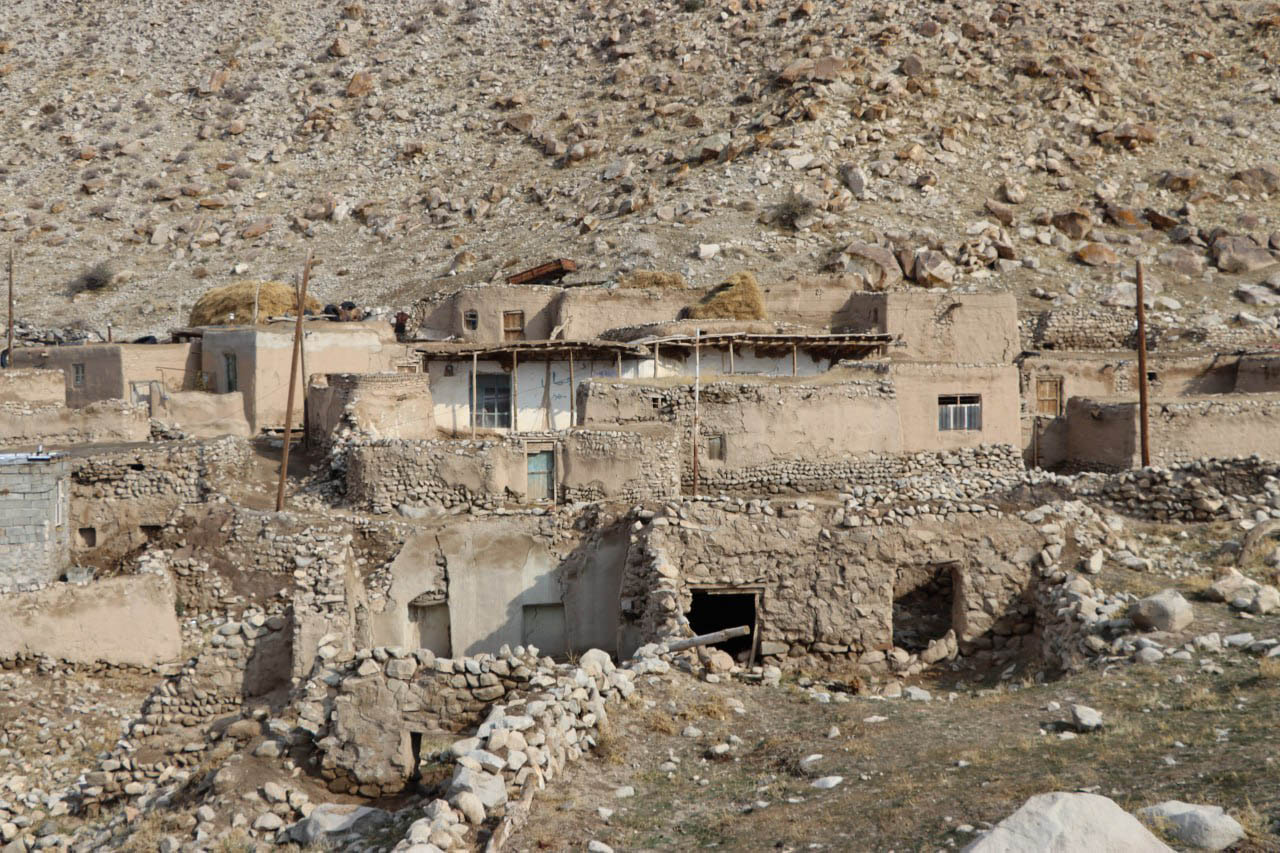
Agriculture & Cuisine
Terraced Mountain Farms
Farming is central to the economy and food supply of Harzand-e Atiq. Terraced fields carved intricately into the mountainsides have been cultivated for millennia to grow wheat, barley, fruits, vegetables, and nuts.
The knowledge of generations is put to practice in the fields. Farmers sow their crops based on astrology and the Persian solar calendar. Irrigation channels deliver snowmelt from the mountains. Farmers use hand tools and cows as beasts of burden to work their ancestral lands.
Shepherding & Livestock
Sheep and goat husbandry is another vital part of village life. Shepherds graze their flocks on the verdant grassy slopes surrounding Harzand-e Atiq and produce wool, milk, cheese and meat for the community.
Cow, mule, and donkey livestock provide labor, transportation, milk, cheese, and dung which the villagers use for fertilizer and fuel in the cold winters. Free-range chickens supply eggs and poultry meat.
Traditional Persian Cuisine
The cuisine of Harzand-e Atiq relies on the bounty of its farms and flocks. Hearty stews, yogurt, nuts, and fresh baked flatbreads are staple foods. Villagers drink black tea flavored with mountain herbs.
Local dishes like ash-e doogh, a mint yogurt soup, and kuku sabzi, a vegetable and herb omelet, reflect the pastoral flavors of the Zagros region. Wild foraged mushrooms, berries, and mountain herbs complement meals.
Food plays a central role in the hospitality and gatherings of the village. Cooking knowledge passes from mother to daughter, with recipes perfected over generations.

The Ancient Village Bazaar
At the heart of Harzand-e Atiq is the ancient bazaar where villagers come to trade, shop, and socialize. The bazaar has operated for thousands of years along the mountain trade routes.
Local Commerce
Storefronts, stalls, and caravansaries line the bazaar, selling local produce, spices, woven rugs, pottery and handicrafts. Livestock, grains, textiles, metalwork, and other regional goods are bartered and exchanged. For villagers it provides a vital place to sell their wares, purchase provisions, and connect with the community.
Cultural Hub
The bazaar is abuzz with activity, especially before noon prayers on Fridays when people congregate to share news, stories, and a customary cup of tea. It provides a space for villagers to strengthen communal ties through commerce and conversation. The call to prayer draws people several times per day.
Ancient Traditions
Despite modernization over the centuries, the bazaar retains its ancient role and charm. Goods are still transported by donkey or mule along the cobblestone lanes. Transactions happen face-to-face based on trust and familiarity built over generations. The various smells, sounds, and scenes of the bustling bazaar evoke the enduring traditional culture of the region.
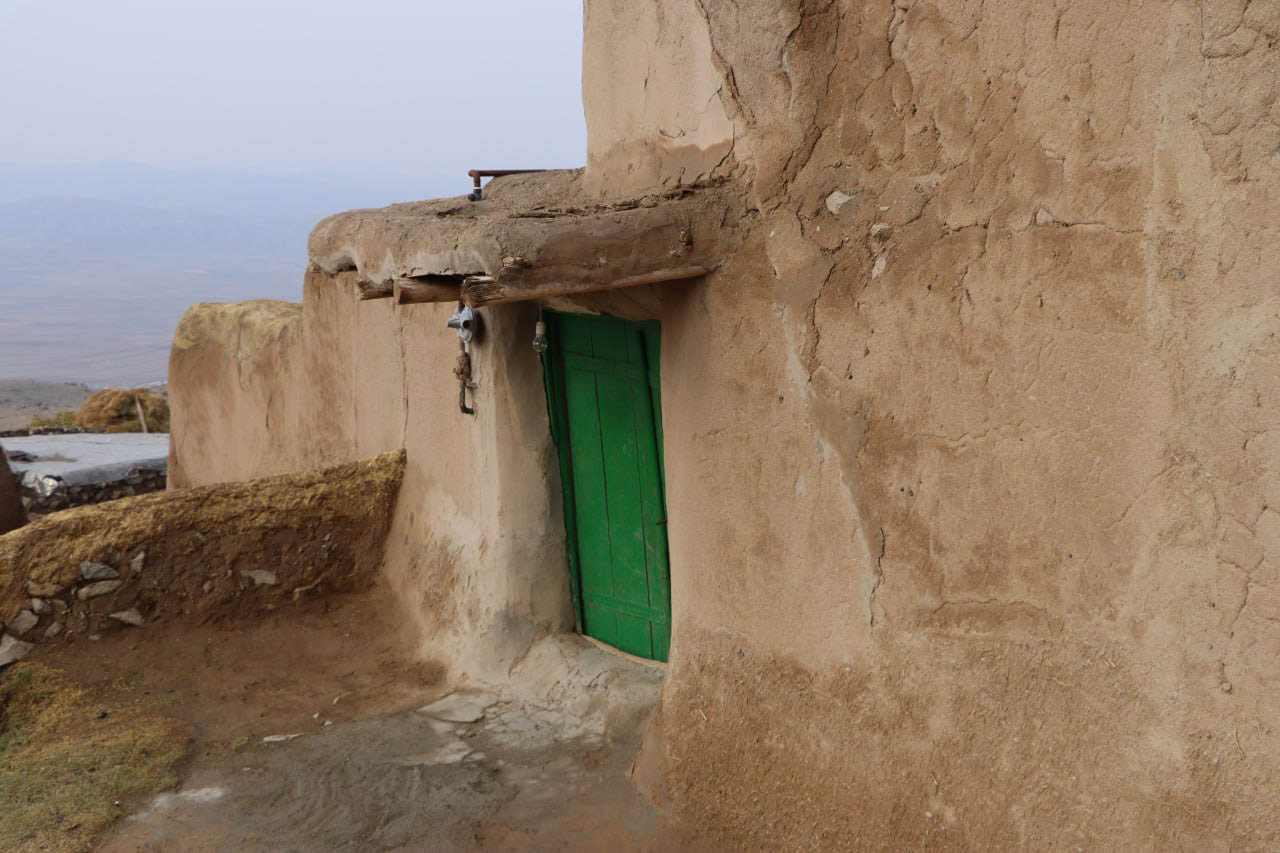
Changing Ways of Life
While Harzand-e Atiq seems timeless, changes are inevitably encroaching on traditions. Increased connections to larger cities are exposing the younger generation to urban opportunities and technology. However, many still choose to return to their village roots to carry on ancestral customs.
Migration for Work
Some villagers must migrate temporarily to larger cities like Kermanshah or Tehran to find work to support their families back home. The lack of jobs and upward mobility in the village pushes youth towards urban centers. Yet their ties to the land, faith, and family run deep.
Modernization Trends
Infrastructure upgrades to roads, electricity, and communications aim to support Harzand-e Atiq but also expose the villagers to outside influences. Satellite dishes now appear on some homes. Use of solar panels, mobile phones, and internet is growing. Yet many lack access to basic utilities that urban dwellers take for granted.
Cultural Dilution
The impact of globalization and technology creates an uncertain future for isolated villages like Harzand-e Atiq. Some embrace new opportunities while others fear the erosion of their traditional ways of life. The enduring culture of Harzand faces both opportunities to thrive as well as risks of fading away in the 21st century.

Looking to the Future
Change is inevitable but the resilient villagers of Harzand-e Atiq carry forward their sacred traditions despite accelerating trends of modernization. Their rich heritage persists as families choose to remain in the mountains, speaking ancient dialects and working the land as their ancestors did.
Preserving Traditions
Conscious effort is required to maintain the folk music, cuisine, customs and family ties that underpin Harzand’s culture. Keeping the youth connected to their roots will be key. Yet the economy must evolve to support the village so younger generations are not forced to relocate permanently.
Tourism Potential
Some see cultural tourism as a way to boost the local economy while sharing Harzand-e Atiq’s heritage with the world. Visitors would experience Persian hospitality and authentic village life. But any tourism would need to be carefully managed to limit disruptive impacts.
Vision and Progress
Advances in technology and infrastructure could support Harzand’s core strengths like agriculture, handicrafts and commerce. But the shape of progress ought to be guided by a vision centered on preserving village traditions for future generations.
Harzand-e Atiq represents a rare window into centuries-old Persian life. The people of this remarkable mountain settlement carry forward timeless traditions even as outside influences creep in. Their rich heritage remains a testament to the power of community, faith and ancestral bonds deeply rooted in the ancient Zagros landscape.

